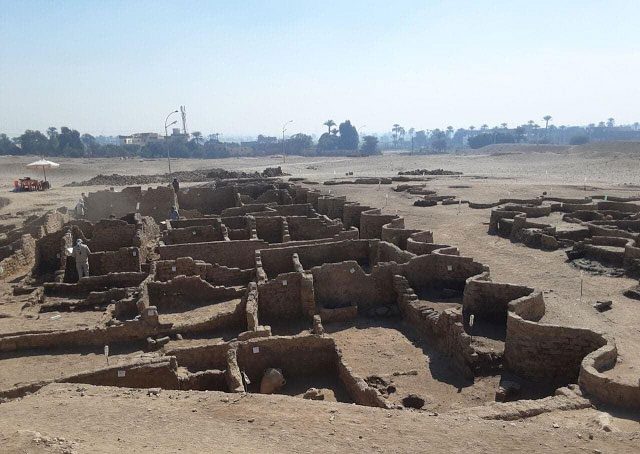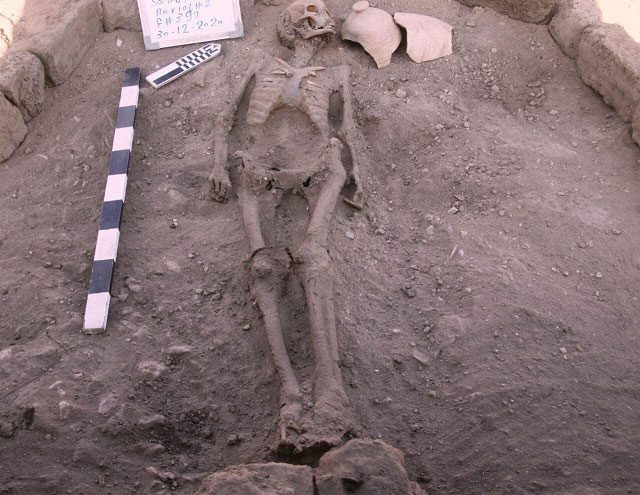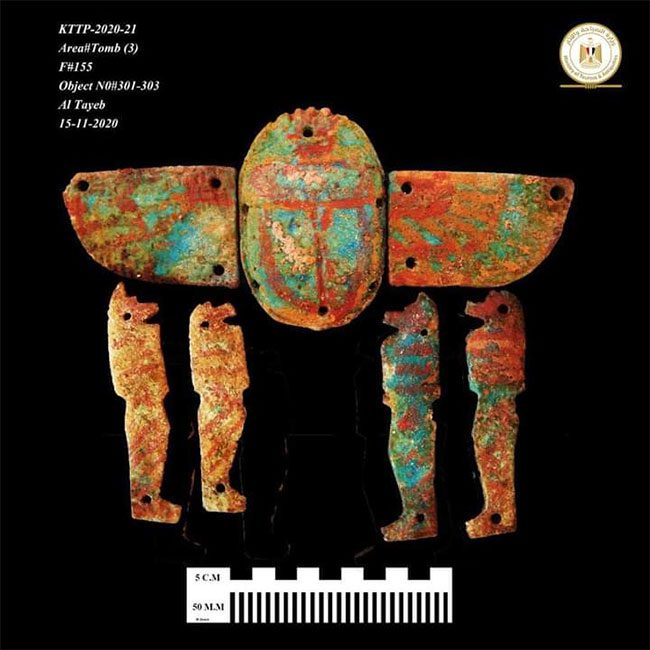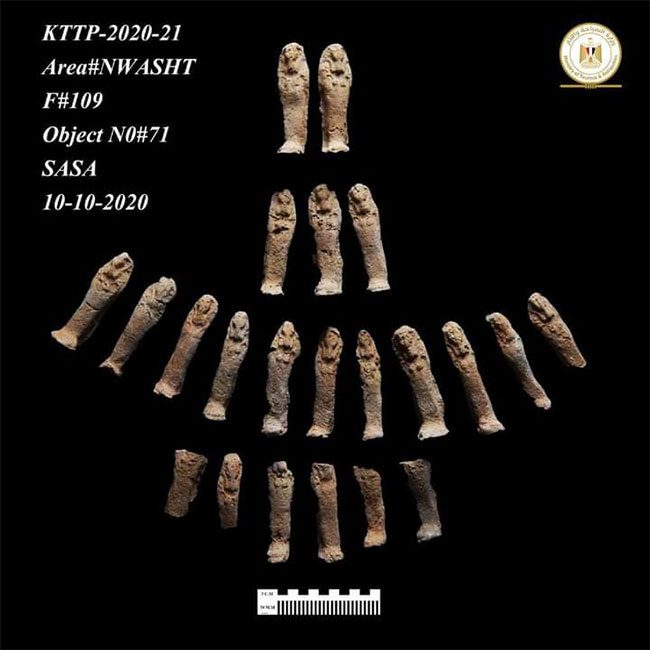A city over 3,400 years old and buried in sand has been discovered in Luxor, southern Egypt, according to Zahi Hawass, the head of the archaeological mission in Egypt.
This discovery seems to provide archaeologists with new data and insights into ancient civilizations, and the exploration of this vast ancient city has helped them learn more about the lives of people during the Golden Age of this nation. Hawass stated that every inch of land or grain of sand in this city tells the story of the people who once lived there, about how daily life unfolded during ancient Egypt in general and particularly during the Golden Age, especially when Egypt held the position of “ruler” of the world.
According to Zahi Hawass, the city was built around the time of Pharaoh Amenhotep II of the 18th Dynasty (approximately 1388 – 1351 BC) and thrived for many decades until the reign of Pharaoh Tutankhamun (approximately 1332-1323 BC).
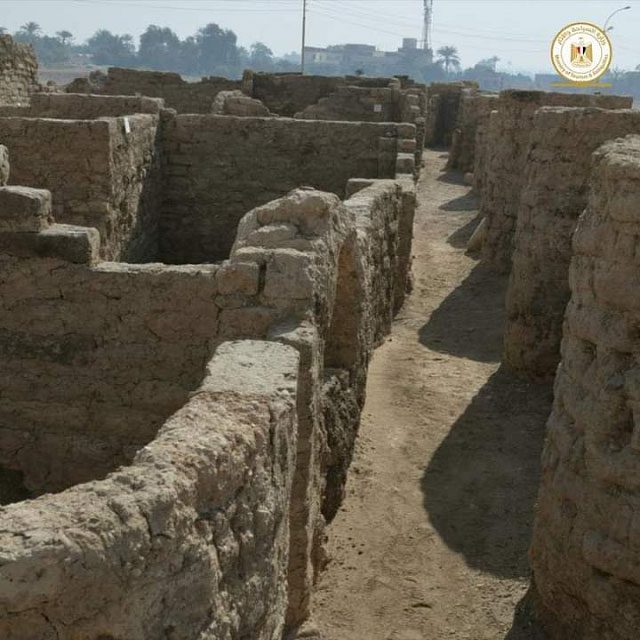
Ancient city over 3,000 years old in Egypt.
Hawass emphasized “this city is called the Ascension of Aton and was a major administrative and industrial settlement of the Egyptian empire on the West Bank of the Nile in Luxor. Even back then, the city was divided by streets and buildings up to 3 meters tall.”
Excavations began in September 2020, aimed at uncovering the temple of Tutankhamun.
“Buildings made of mudbrick began to emerge from the sand in just a few weeks; we were astonished to realize the immense scale of the city we were witnessing. It is well-preserved, with houses almost intact, many rooms still filled with household items as if the inhabitants had just left everything behind” – said Hawass, noting that for thousands of years, the archaeological layers had remained untouched.
Archaeologists have attempted to confirm that there are three palaces of King Amenhotep III in the city, as well as the administrative and industrial center of the empire. Colored pottery, clay bricks with the king’s seal, jewelry, fish-scale amulets, and other artifacts will help scientists understand the history and lifestyle of this city.
Experts concluded that continuing excavations will allow archaeologists to access the city’s original activities. Studying it will provide valuable material to gain deeper insights into the everyday lives of ancient Egyptians. So far, only one-third of the city has been excavated, and significant work lies ahead, including areas where the temple of King Tutankhamun may be located.
Some images from the excavation of the ancient city:
